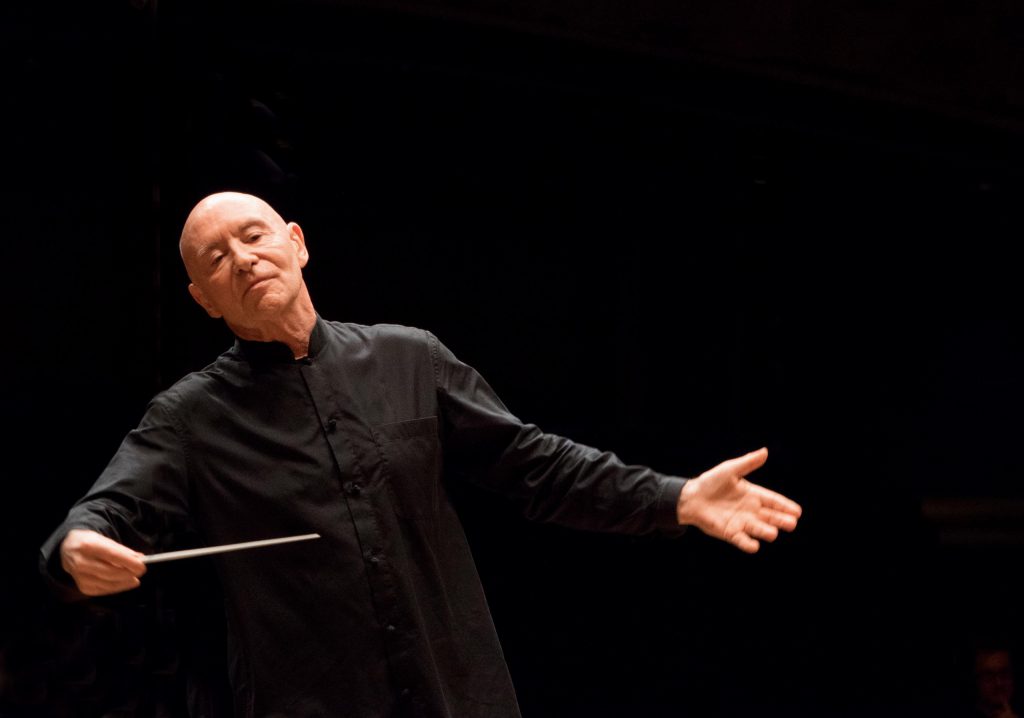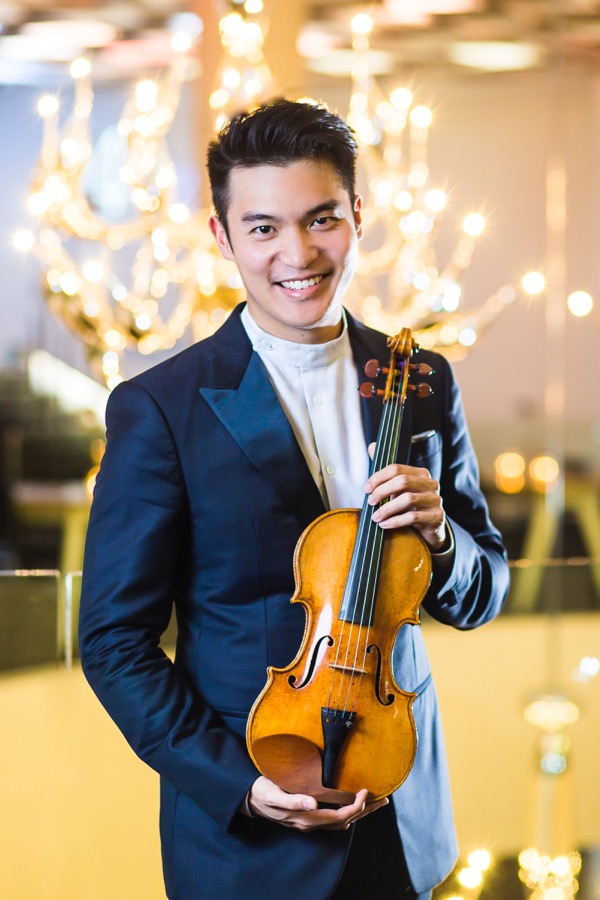Chen provides the sparks in safety-first program from Eschenbach, NSO

Christoph Eschenbach conducted the National Symphony Orchestra Thursday night. File photo: Manu Theobald
Christoph Eschenbach has been music director emeritus of the National Symphony Orchestra since 2017. After closing out his successor’s first season with a series of unusual concerts last June, Eschenbach returned to the podium of the Kennedy Center Concert Hall Thursday for a program that was about as dull as they come.
The musical choices hit certain marks featuring an Eschenbach favorite soloist, and ticking off another of the Beethoven symphonies from Eschenbach’s ongoing DC cycle, but little more.
The repertory was solid chestnut, all music performed by the NSO in the last four years. In the overture position was Mendelssohn’s Calm Sea and Prosperous Voyage, inspired by the Goethe double poem of the same name. The piece’s quiet opening, corresponding to the ship trapped on windless seas, was roiled only by the rumbling bass line, creating an air of menace. The fast section crackled with swelling contrasts as the seas roared to life. Eschenbach’s variegated pacing gave an edge to the chaotic wash of waves.

Ray Chen. Photo: Tom Doms
Ray Chen, who debuted with the NSO in 2016, returned with Mendelssohn’s Violin Concerto in E Minor, last played by Hilary Hahn just last year. Chen counted on fast tempos and dramatic gestures to make the piece exciting, unfortunately neglecting other musical details in the process. The searing octaves in the first movement’s opening salvo sounded full-throated, with Chen playing on a 1715 Stradivarius, once owned by Joseph Joachim. Some details did not fall into place, including minor intonation issues in the top range and a sort of robotic regularity of phrasing.
Tightly coiled vibrato and a restless tempo ruffled the slow movement, but the virtuosity on display in the finale impressed, not least because the staccato patterns in the violin solo were shadowed so expertly by the woodwinds. The performance elicited enough applause to earn a stupendous encore, Paganini’s Caprice No. 21, the perfectly tuned double-stopped sixths and up-bow staccato scales a reminder of Chen’s superior work as a recitalist.
Eschenbach’s approach to Beethoven’s Sixth Symphony (“Pastoral”) met with mixed success. Volatility of gesture robbed the easygoing first movement of some of its genial cheer, as the orchestra’s amiable tone was unsettled by bumpy shifts. The murmuring brook of the second movement, by contrast, was beautifully smooth, although some lack of clarity in Eschenbach’s beat caused confusion between sections. That same unpredictability enlivened the birdcall section, however, as the three woodwind players chirped with avian stops and starts.
The third movement danced along rapidly, with an emphasis on low, pulsed drones in the bass line and fine playing from the French horns. Assistant principal oboist Jamie Roberts excelled in this movement’s ebullient oboe solos, while the trumpets struck a sour tone on the held note marking the end of the trio section. Eschenbach had his strongest moments in the stormy fourth movement, with solid brass, squealing piccolo, and thunderous timpani.
Eschenbach opened the finale at a jaunty, relaxed pace but then chose to crank up the tempo so that the movement never quite jelled across the orchestra. This is a symphony that requires more natural, flowing ease than what Eschenbach was able to draw from the NSO.
The program will be repeated 8 p.m. Friday and Saturday. kennedy-center.org; 202-467-4600


